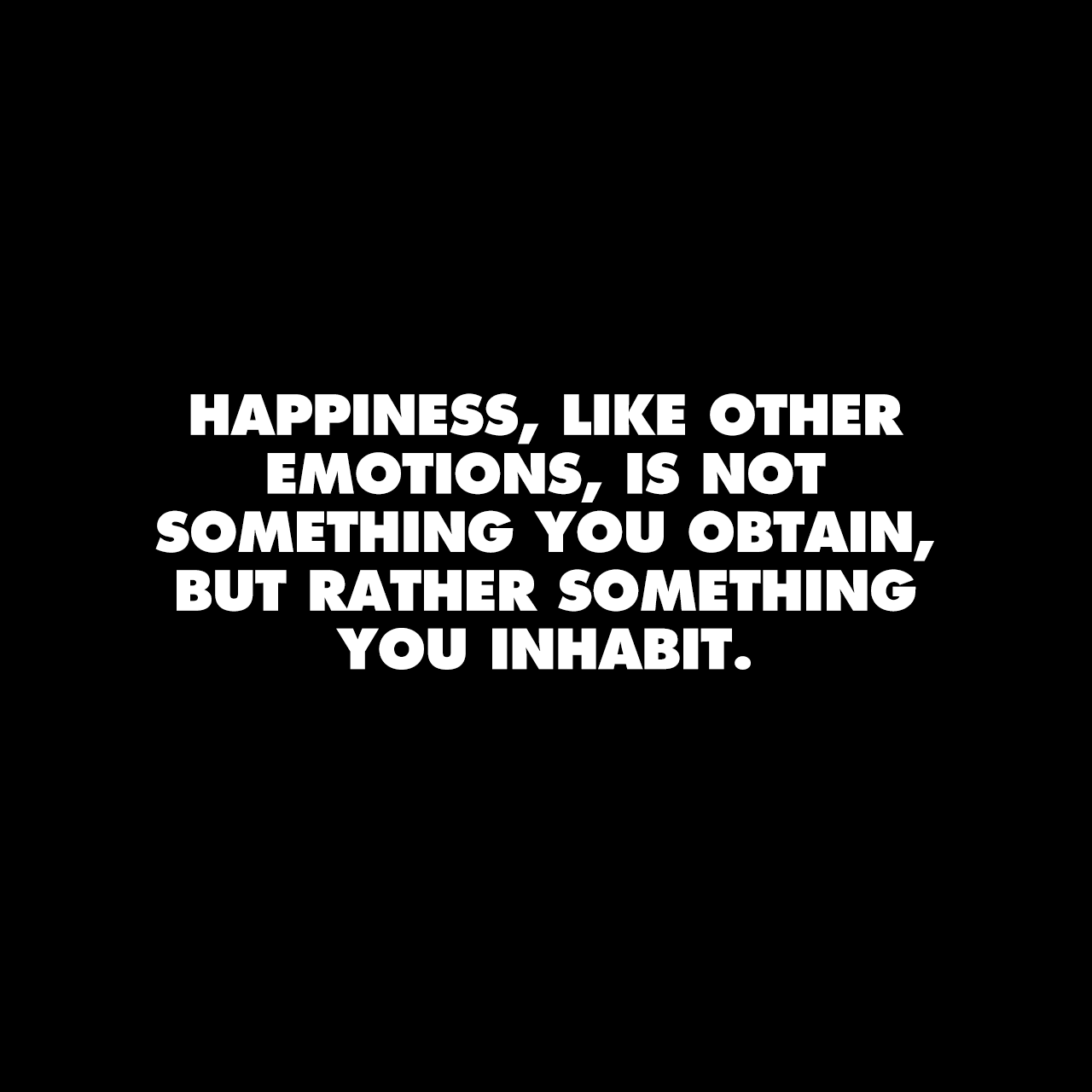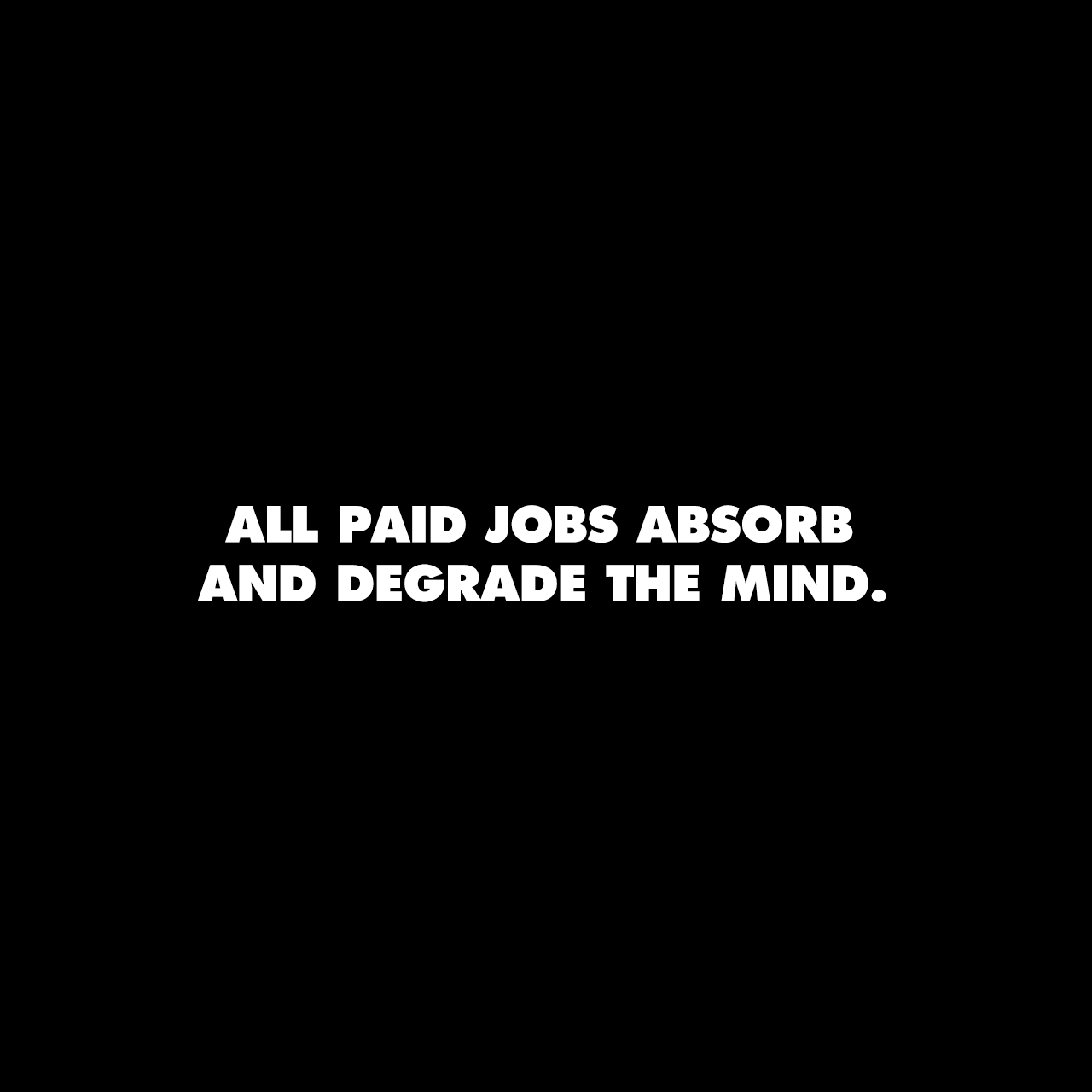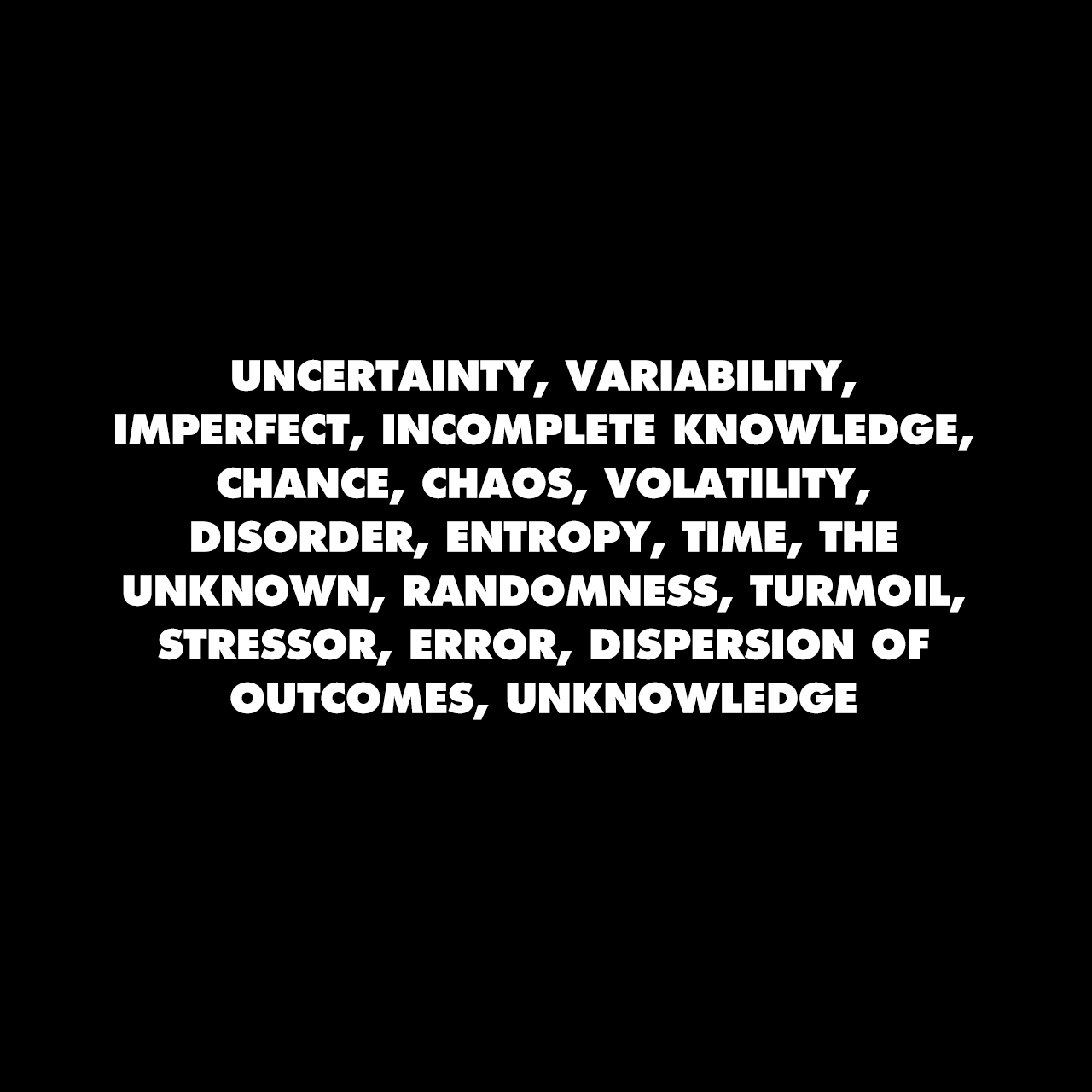A photo filter is like a good screwdriver; a reliable, efficient, easy-to-use tool. But put in the wrong hands it’s potentially lethal.
Wells Baum on Instagram filters:
I stopped using Instagram filters almost two years ago. You don’t need them. The snap should be able to speak for itself, in its raw untouched nature.
But I do believe that some images still need a little pop. And that’s when you should use the VSCO app, Litely, or Snapseed, whichever apps enable you to adjust the strength of filters without making the photo look fake.
This is partially true. Instagram filters can be heavy-handed. I, like Baum, have not used them in a while. I exclusively retouch photos in the VSCOcam app on my iPhone. Like Instagram, it has preset filters. Unlike Instagram, it let’s you decide how much of a filter you want to use (on a 0-10 slider).
There are many philosophies on photography and many different industries in which photography is used, but there’s many professional photographers who don’t let their photographs leave the studio until they’ve been retouched. Annie Liebovitz used to work with one of the masters of retouching—Pascal Dangin—often referred to as the ‘Photo Whisperer’ (It looks as though Liebovitz now works with Alexander Verhave).
Even before the days of Photoshop, photographers like Richard Avedon were obsessive about tweaking their photos (through the old school process of burning-and-dodging).
Here’s one of his marked up photos:
The fact that #nofilter is one of the most popular hashtags on Instagram means shit to me and has no correlation to how good a photograph is (because most people are bad photographers).
Sometimes I get out of bed and I look fucking amazing, but more often than not, I need to brush my hair and put on a nice, clean, matching outfit. Photographs are no different. In the absence of the time and means to retouch my iPhone photos in Photoshop on my Powerbook, I use the VSCO app to tighten up my images.
Sure, sometimes the light is right, your timing is perfect and you don’t need to monkey with your shot but most photographs can be improved. The key to retouching photos is if someone looks at your photograph and their first thought is, “That’s a great photograph.” NOT, “Oh, he used the Mayfair filter.”
Photo filters bring to mind a quote a friend from design school told me:
“Helvetica is like a good screwdriver; a reliable, efficient, easy-to-use tool. But put in the wrong hands & it’s potentially lethal.”
—T. Geismar
You can find me here on Instagram.





